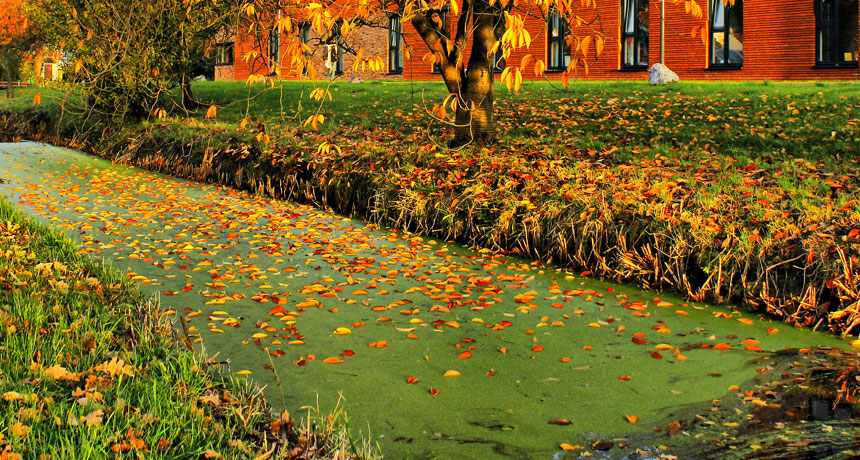Scientists Say: Eutrophication
This process can occur when extra nutrients enter a body of water

This canal may look lovely, but all that green algae blooming on the surface is a sign of eutrophication, which could eventually suffocate any animals living below.
Sahehco/Wikimedia Commons (CC BY-SA 3.0)







